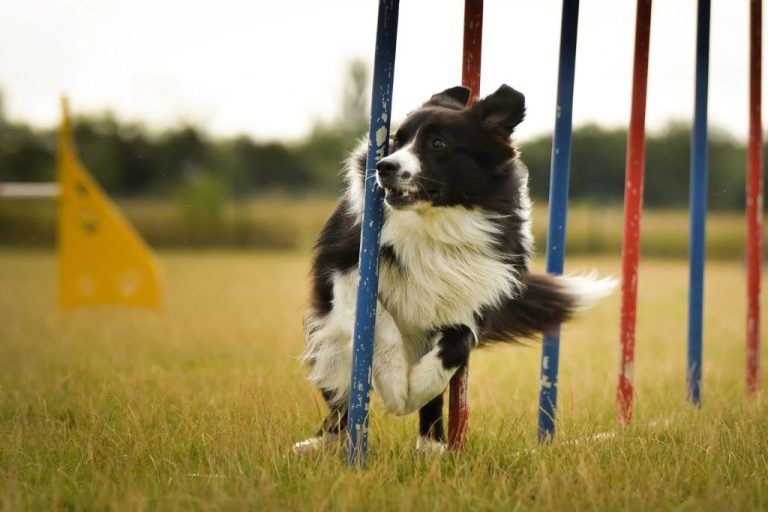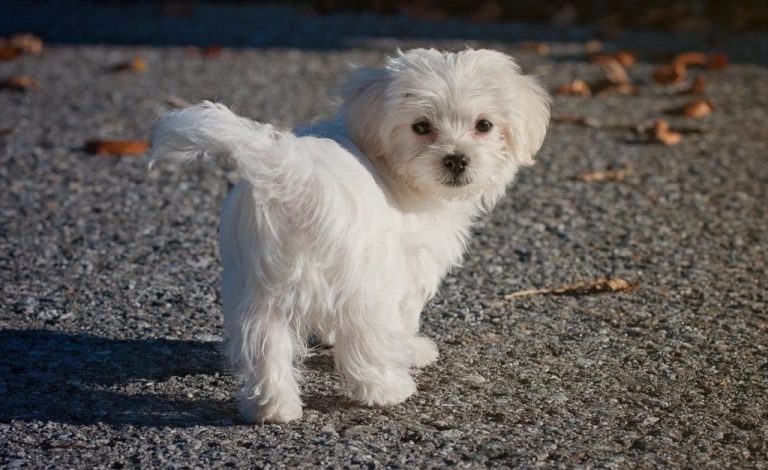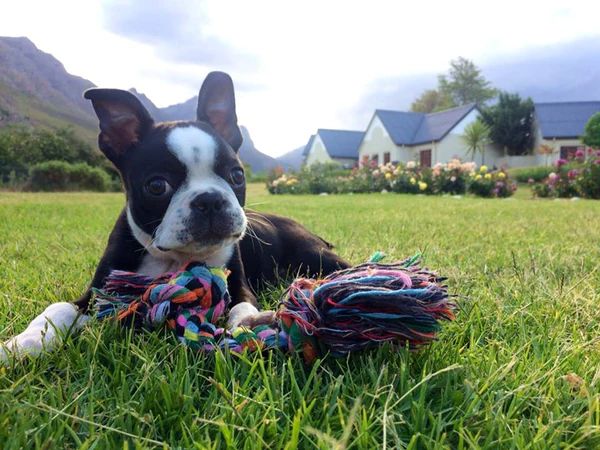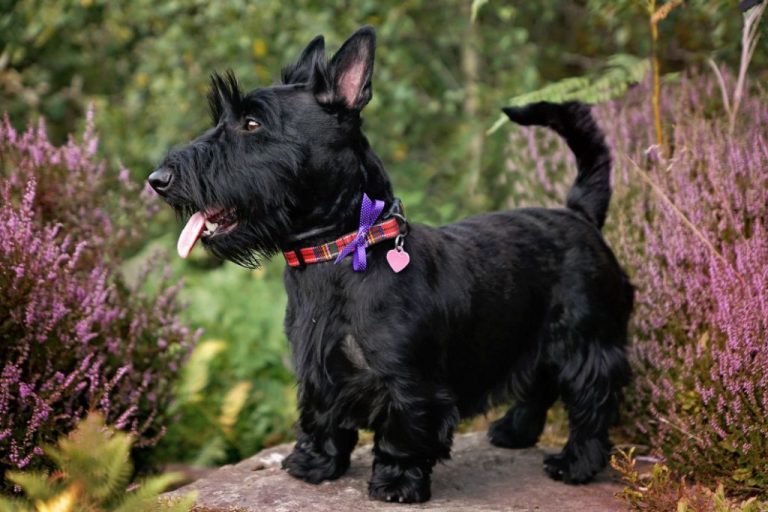Rottweiler: Traits, Temperament, And Training Tips
The Rottweiler is a medium to large breed of domestic dog that originated in Rottweil, Germany. Rottweilers were used to herd livestock and pull carts loaded with butchered meat to market. They descend from ancient Roman drover dogs with a lineage that can be traced back to 74 A.D.
According to Early History of Rottweilers, these dogs marched over the Alps with the Roman legions, protecting the humans and driving their cattle. Their sturdy bodies and intelligence made them ideal herding and guard dogs.
Over time, the Rottweiler became the cattle dogs of southern Germany. They continued to drive livestock to market and guarded money pouches tied around their necks for butchers until banks were established. Their name comes from the small town of Rottweil, where they were known as the Rottweil butcher’s dog.
Today, Rottweilers are popular companion, guard, and working dogs. They are intelligent, confident, and eager to please. With proper training and socialization, Rottweilers make loyal family pets and guardians.
Physical Traits
Rottweilers are a medium to large breed dog. Males range from 24 to 27 inches tall and weigh between 95 and 135 pounds. Females are slightly smaller, standing between 22 and 25 inches and weighing between 80 and 100 pounds. According to the American Kennel Club (AKC), American Rottweilers are often a little shorter than German Rottweilers.
The Rottweiler has a short, dense, double coat that is black with rust, mahogany or tan markings. Their coat is straight, coarse and flat. The fur on the head is shorter and smoother in appearance. Rottweilers living in colder climates may have a thicker undercoat. The tail is typically docked.
Rottweilers come in a variety of colors and markings. The base coat is black, while the markings may be mahogany, rust, tan, or brown. Common markings include spots over the eyes, on the cheeks, as a stripe from above each eye that meets on the bridge of the muzzle, on the throat and two spots on the breast. According to the AKC breed standard, markings should be symmetrically distributed with a preference for smaller markings.
Temperament
Bred as a working dog, Rottweilers are known as being brave, confident and loyal with a strong willingness to protect their families (https://www.petplan.co.uk/pet-information/dog/breed/rottweiler/). They are able to sense when their owner is feeling stressed or upset and will likely react accordingly by being more alert. While defensive of their families, Rottweilers can be aloof and wary with strangers. Early socialization and training is important to teach a Rottweiler proper manners and help them discern when a stranger poses a true threat versus a simple guest in the home. Rottweilers bond very deeply with their family while remaining aloof toward strangers until they get to know them. While their protective nature is strong, Rottweilers who are properly socialized are not inherently aggressive dogs.
Exercise Needs
Rottweilers have very high exercise needs and require long daily walks and plenty of playtime to expend their energy 1. This is an energetic breed that thrives on activities that allow them to run, play fetch, swim, and hike. Rottweilers need at least 45-60 minutes of exercise per day, but many can happily handle more, up to several hours of activity 2.

As puppies, it’s important not to overexercise them while their joints are still developing. But once fully grown, Rottweilers need vigorous exercise every day. A bored, under-exercised Rottweiler may engage in destructive behaviors. Be sure to provide this active breed with plenty of exercise and mental stimulation.
Grooming
Rottweilers are relatively easy to groom.Grooming a Rottweiler is quite simple and they require minimal grooming overall. Their short, dense coat sheds moderately and needs only occasional brushing to remove dead hair and distribute skin oils. A rubber brush or hound glove can be used weekly to help remove loose hair. Baths are only needed a few times a year, unless your Rottweiler gets particularly dirty. Overbathing can dry out their skin. Their nails should be trimmed regularly to avoid cracking and splitting. Their ears should also be checked and cleaned periodically to prevent infections. With minimal, routine grooming, the Rottweiler’s coat will stay shiny and healthy.
Health Issues
Rottweilers are prone to certain health conditions, with the most common being hip dysplasia and cancer.
Hip dysplasia is an inherited condition where the thigh bone doesn’t fit properly into the hip socket, leading to arthritis and lameness. According to the Rottweiler Health Foundation, around 20-25% of Rottweilers have hip dysplasia. Buying from a reputable breeder who screens breeding dogs for hip dysplasia can help reduce risk (Rottweiler Health Problems).
Cancer is another major health concern, especially bone cancer like osteosarcoma. Rottweilers have a high incidence of cancers compared to other breeds. Early spay/neuter is recommended to reduce cancer risk, though the optimal timing is still debated. Routine screening and early detection can help treat cancer when found (Rottweiler Health Issues and Problems).
Training Tips
Rottweilers are large, powerful dogs that need proper training and socialization from a young age. Positive reinforcement training is highly recommended, as Rottweilers respond best to rewards-based methods. Consistency is also key – establish a routine and use the same commands for desired behaviors.
Socialization is crucial during the first 16 weeks of a Rottweiler’s life. Expose them to new sights, sounds, people, and other dogs in a positive, controlled way. Reward calm behavior around strangers and children. Attend a puppy kindergarten class for early socialization.
Start basic obedience as soon as you bring your Rottweiler home. Teach commands like “sit,” “stay,” “come,” and “down.” Practice loose leash walking. Use treats and praise to motivate your dog during training sessions. Keep them short, positive, and engaging.
Consider enrolling in more advanced training classes once your Rottweiler masters basics. Activities like agility, nosework, or obedience trials are great for providing mental stimulation.
With proper socialization, training, and outlets for their energy, Rottweilers can be wonderful companions. But their large size means good manners are a must.
Sources:
https://www.youtube.com/watch?v=6E5GGwXCbGo
https://www.tiktok.com/discover/training-rottweiler-tips-6-month-old
Good with Kids?
Rottweilers can make excellent family pets and companions for children when properly trained and socialized from a young age. However, supervision around children is always recommended, as Rottweilers are very large, powerful dogs. With their natural protection instincts, they may interpret rough play or yelling as a threat to “their” children.
When raised with children and exposed to child behaviors from puppyhood, Rottweilers bond closely with kids they consider part of their family. Their fondness of children and patience for mischievous child antics can make them wonderful playmates and protectors. However, proper introduction to children and ongoing socialization is key to ensuring safe interactions.
As with any large breed dog, Rottweiler owners should teach children how to appropriately interact with dogs to prevent injury. Children must be taught never to disturb a dog that is sleeping or eating, to avoid pulling on ears or tails, and to pet gently. With supervision and training, Rottweilers and children can have very rewarding, lifelong relationships together.
Good with Other Pets?
Rottweilers can get along well with other pets if properly trained and socialized from a young age. They tend to be cautious around unknown dogs, so early and frequent positive experiences with other pets are important. With their protective nature, some Rottweilers may see other pets as a threat at first. However, they are intelligent dogs who aim to please their owners. So with patience, consistency and positive reinforcement, Rottweilers can learn to comfortably co-exist with cats, dogs, and other household pets.
It’s essential to supervise interactions, especially at first, to avoid any aggressive behavior. Socialization should continue throughout a Rottweiler’s life to reinforce good behavior around other pets. Proper training will tap into their devotion and eagerness to obey commands. Rottweilers can become affectionate companions and guardians of other pets when guided by a firm yet caring owner.
Finding a Rottweiler
When looking for a Rottweiler puppy or dog, it’s important to find a responsible breeder or rescue organization. Avoid pet stores or backyard breeders, as they often do not health test or screen their dogs for temperament. Here are some tips for finding a Rottweiler:
Look for a responsible breeder that does health testing on the sire and dam for common issues like hip dysplasia. They should also screen for temperament and have a contract requiring you return the dog if you cannot keep it.
Check local Rottweiler rescues, as they often take in purebred dogs given up by owners. Adoption fees range from $100-400 and include vaccinations, spay/neuter, and behavior screening. Rescues can also match you with the right dog for your home and lifestyle.
A well-bred Rottweiler puppy from a reputable breeder costs $1,500-2,500. This reflects the breeder’s investment in health testing and care. Avoid “bargain” puppies, as they often come from puppy mills.
Be prepared to wait 6 months to a year for a puppy from a responsible breeder. Take time to find the right breeder and don’t rush the process. Visit breeders to meet parent dogs and see facilities.
Consider looking for a Rottweiler through breed-specific rescues in your area, like Rottweiler Rescue of San Antonio. Adult and senior dogs often make excellent pets.






